May 19, 2025 | 01:39 GMT +7
May 19, 2025 | 01:39 GMT +7
Hotline: 0913.378.918
May 19, 2025 | 01:39 GMT +7
Hotline: 0913.378.918
According to the draft, the program is implemented throughout Vietnam's sea, central provinces, and coastal cities; regional countries, Pacific island nations, countries with which Vietnam has a fisheries cooperation agreement, and waters managed by the Western & Central Pacific Fisheries Commission (WCPFC), and the Indian Ocean Tuna Commission...

Ending the fishing practices that destroy resources and the environment is the draft program's target. Photo: NNVN.
The initiative lasts from 2021 to 2030 and covers organizations and people involved in fisheries exploitation as well as other related organizations and individuals.
By 2030, the fisheries sector aims to have a suitable structure of ships and fishing vocations that is compatible with sustainable resource use. Fisheries exploitation will use advanced technology, automation, and modernization to exploit and preserve products, minimize post-harvest losses, increase fishing efficiency, enhance the quality and value of fisheries products, and improve the lives of fishermen. Additionally, it can safeguard the safety of people and fishing boats and assure compliance with key international norms and terms of the Fisheries Law. While fisheries goals are willing to contribute to national defense and security, as well as the preservation of the country's sovereignty over the seas and islands.
By the end of 2030, the sector will have defined reserves, species composition, and distribution zones for aquatic resources; established and assigned catch limits for tuna species, and established fishing quotas for inland and coastal areas.
Limiting fishing boats to 80,000 (down 15 percent compared to that of 2020). In which, fishing boats in interior and coastal regions totaled about 52,000 units (down 21%), offshore fishing vessels totaled approximately 28,000 units (down 10%), and trawl fishing declined from 16% to 10% in the fishing structure. Captured fisheries production will decline by 3% to 5% every year, eventually reaching 2.8 million tons per year in 2030.
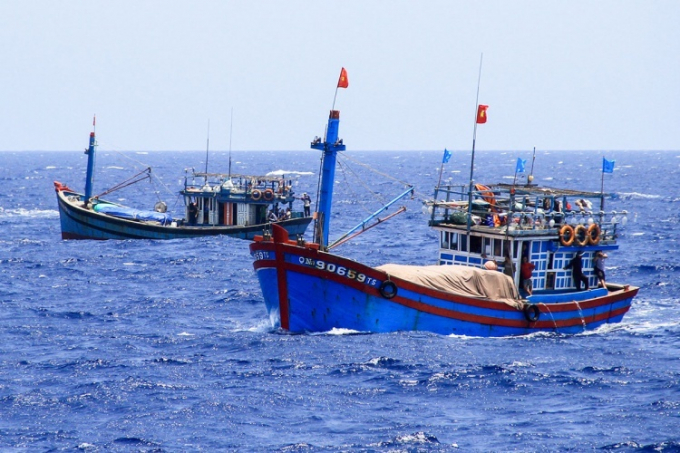
The draft program aims to reduce the number of fishing vessels, especially those engaged in fishing activities that are at risk of harming the environment and marine resources. Photo: LB.
Transforming about 5,000 fishing boats involved in resource-depleting activities into ecologically sustainable operations. Putting an end to resource and environmental exploitation.
Developing five experimental models that connect fishing exploitation and services to eco-tourism in fishing ports and residential areas, therefore contributing to the improvement of the fishing community's life, culture, and spirit in conjunction with the development of new rural.
By 2030, the draft states, 100% of fishing boats would get monthly fishery forecasts and 80% of fishing vessels operating in the high seas will receive rapid fishing predictions.
By 2025, 30% of fishing boats operating on the high seas will use modern technology and procedures for exploitation and preservation, growing to 50% by 2030. By 2025, post-harvest losses will be minimized to less less than 15% and to less than 10% by 2030.
To establish five wholesale marketplaces for seafood sales in five main fishing hubs by 2025. Establish at least 30 models that connect the chain of catching, purchasing, preserving, and consuming seafood, with the goal of expanding that number to 60 by 2030. By 2030, the average wage of fishing employees will have more than doubled from its level in 2020.
Additionally, the draft program establishes a goal date of 2025 for the completion and digitization of all data supporting fisheries exploitation. Enhancing capability and using digital technologies in state-run fisheries management.

To modernize fisheries, 100% of fishing vessels will have to install cruise monitoring equipment to stop illegal fishing. Photo: NNVN.
By 2022, all fishing boats operating on the high seas will be equipped with cruise monitoring technology, allowing for complete management of fishing vessel operations at sea. By 2025, banning fishing boats from illegally fishing in foreign seas and put an end to IUU fishing.
Additionally, by 2025, all fishing boats and offshore fisheries production will be monitored at fishing ports and electronically traced. By 2030, fishing vessel accidents will be reduced to less than 1.5 incidents per 1,000 ships per year (a 50% reduction from 2020 levels), and fewer than one incident per 1,000 ships per year.
By 2030, all boats and commanders of offshore fishing vessels will have received periodic training on local and international fishing rules. 50% of fishing employees get training in fishing techniques and technological operations to guarantee their safety at sea.
According to the draft program, between 2021 and 2030, fishing boats and fisheries exploitation will be changed and reformed to better fit aquatic resources on each fishing ground, regulate the number of ships, and arrange the fishing profession by quota.

According to the draft program, from 2021 to 2030, it will strengthen policies to strictly manage the fleet, ensuring the fishing force is consistent with the recovery capacity of aquatic resources. Photo: TL.
Establishing and submitting to the Prime Minister for approval the Scheme for converting several fishing activities that hurt resources and the ecological environment.
Proposing administrative mechanisms and policies to minimize fisheries exploitation power, such as reducing the number of fishing boats... guaranteeing that exploitation power is proportional to aquatic resource recovery capacity.
Continue to tightly regulate the construction, conversion, leasing, and purchase of fishing boats by MARD-defined limits for fishing licenses in coastal areas, as well as quotas for regional offshore fishing permits. Completely evaluate and update the national fisheries database (Vnfishbase), and erase fishing vessel registrations by article 72 of the Fisheries Law.
Continue to investigate and implement a regime that prohibits fishing for an indefinite time, prohibits occupancy of certain sea areas, nesting sites, habitats for young aquatic species, and habitats for aquatic species.
Update all information on fishing boats in the national database of fishing vessels to streamline management, review, and issuance of new shipbuilding certificates.
According to the draft, it will strengthen law enforcement at sea and at fishing ports, significantly decrease fishing law infractions, and promote the protection and development of aquatic resources. Particular attention should be paid to the operations of fishing boats before to setting sail, when working on the fishing grounds, and upon their return to the port to catch and eat.
Utilizing a traceability system for captured seafood based on electronic fishing logs, an integrated management system for fishing ports, and a tracking system for fishing boats entering and exiting the port.
Coastal provinces and localities continue to build fisheries control units that are appropriate for their particular environment. To gradually create and refine equipment requirements for the fisheries surveillance force, as well as a code of conduct for law enforcement agents while performing official functions...
Translated by Linh Linh

(VAN) The decree on Extended Producer Responsibility (EPR) ensures transparent management and disbursement of support funds, avoiding the creation of a “give-and-take” mechanism.

(VAN) Hue City rigorously enforces regulations regarding marine fishing and resource exploitation, with a particular emphasis on the monitoring of fishing vessels to prevent illegal, unreported, and unregulated (IUU) fishing.
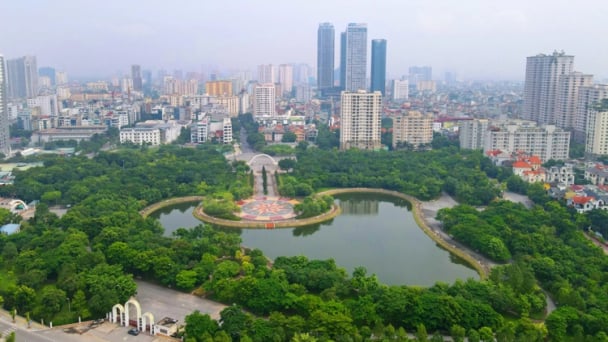
(VAN) Hanoi People's Committee has issued a plan on reducing greenhouse gas emissions in the waste management sector with 2030 vision.
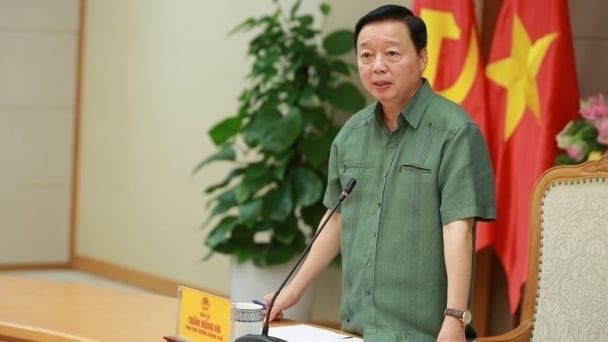
(VAN) Vietnam's draft amendment to Decree No. 156 proposes a mechanism for medicinal herb farming under forest canopies, linking economic development to population retention and the sustainable protection and development of forests.
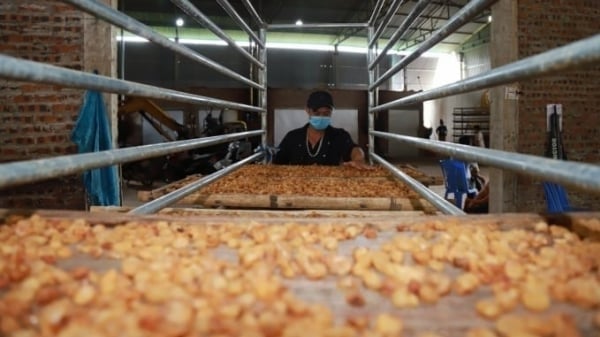
(VAN) In reality, many craft village models combined with tourism in Son La have proven effective, bringing significant economic benefits to rural communities.

(VAN) The international conference titled Carbon Market: International experiences and recommendations for Vietnam was successfully held recently in Ho Chi Minh City.
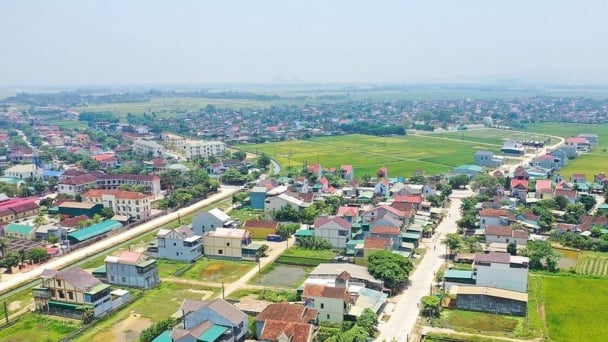
(VAN) According to the Project on rearranging provincial and communal administrative units, in 2025, the country will have 34 provinces/cities, 3,321 communes, wards, and special zones, and no district-level organization.